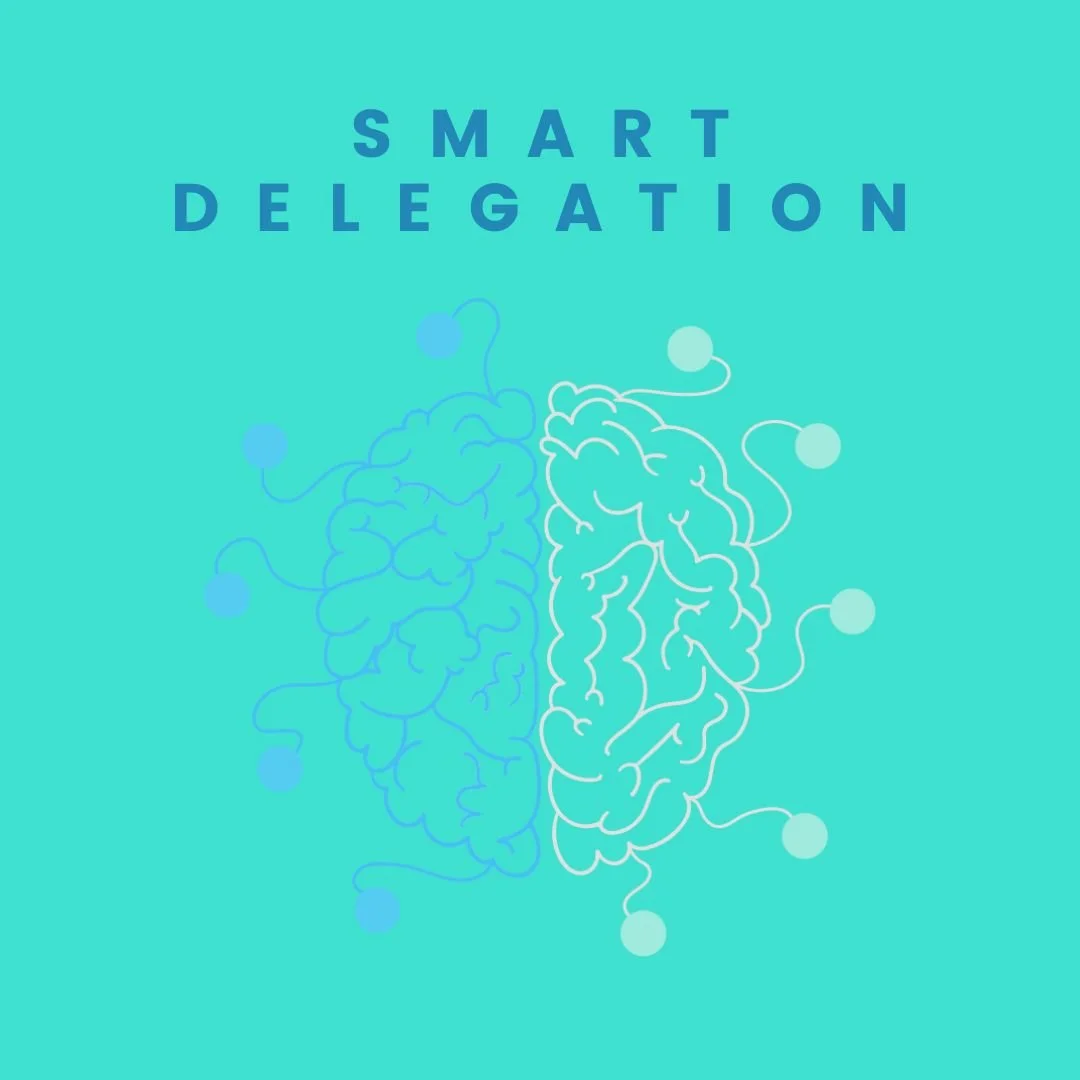Limitations of ChatGPT - What Are They?
ChatGPT is a powerful AI tool, but it has limitations including errors, bias, lack of emotional understanding, and inability to handle complex tasks without human oversight.
ChatGPT, an AI-powered chatbot introduced by OpenAI in late 2022, has gained popularity as a versatile tool for answering academic inquiries. With its artificial intelligence (AI) and natural
language processing (NLP) capabilities, chatbots like ChatGPT can provide valuable assistance with exam preparation, homework assignments, and academic writing.
While leveraging ChatGPT for educational purposes can be highly advantageous, it is crucial to recognize its limitations. AI language models such as ChatGPT are still evolving and far from flawless.
In this discussion, we will explore several limitations of ChatGPT, encompassing its inability to comprehend human emotions and its reliance on biased data. By comprehending these limitations, we can develop a better understanding of the potential challenges and drawbacks associated with employing AI language models in diverse contexts.
Related Article: ChatGPT vs. Professional Writers: Is it the End for Human Writers
DELEGATE SMART. SCALE FAST.
The step-by-step guide to reclaim your time and grow with confidence.
Top 10 Limitations of ChatGPT
1. Can produce incorrect data
As a dynamic language model, ChatGPT is continuously evolving, but it is not immune to errors. When utilizing ChatGPT, it is essential to exercise caution and verify the information provided, as the model has been known to make mistakes in grammar, mathematics, facts, and reasoning, including the use of fallacies.
Furthermore, the chatbot occasionally struggles to admit its lack of knowledge and instead generates responses that sound plausible but may not be accurate. Its priority is to provide what it perceives as a more comprehensive answer, even if it compromises factual correctness.
Therefore, it is important to exercise caution and cross-check the information obtained from ChatGPT.
2. Lack of human touch
ChatGPT, while proficient at generating coherent responses, needs more human capabilities. It lacks contextual understanding, often leading to nonsensical or literal replies. The absence of emotional intelligence hinders its recognition and response to cues like sarcasm or humor.
Without a physical presence, ChatGPT cannot directly perceive the world. Its answers may appear robotic and template-like, revealing their machine-generated nature. Ultimately, it struggles with subtext and taking sides, making it challenging to read between the lines or express bias.
3. May produce non-sensical data
ChatGPT can interact like humans, but it doesn’t have its brain. The chatbot will only respond to questions directly and as defined within its system. Sometimes the answer you get will be irrelevant and non-sensical.
So, be ready for inaccurate results while using this chatbot. For example, the chatbot won’t add sarcasm or emotions to an answer. It will respond to it directly in a formal tone.
4. May produce biased answers
The use of ChatGPT and similar language models introduces the risk of inherent biases, potentially perpetuating cultural, racial, and gender stigmas. Biases can arise from the design of training datasets, the biases of dataset creators, and the learning process of the model itself.
If biased inputs shape the knowledge base the chatbot relies on, it is more likely to produce biased outputs, influencing its responses and language choices. While bias is a common challenge in AI tools, the larger issue of bias in technology raises significant concerns for the future.
5. It accepts input in text form only
An important constraint of ChatGPT is its reliance on text inputs. While you can issue instructions to the chatbot using voice commands, it does not have direct access to other media formats, such as images, URLs, or videos. If you wish to convey information from an image to the platform, you must interpret and describe the image in text form for the chatbot to comprehend.
6. Answers need fine-tuning
While ChatGPT provides prompt responses to your questions, it tends to deliver answers in a formal tone with a machine language style. It may also include unnecessary or irrelevant information. As a result, if you utilize ChatGPT, you will need to refine and rephrase the provided answers to align with your specific context.
7. Accuracy and grammatical issues
Currently, ChatGPT has limited sensitivity to typos, grammatical errors, and misspellings. While it can provide technically correct responses, its accuracy and relevance in terms of context may be lacking. This limitation becomes more pronounced when dealing with intricate or specialized information that requires precision. It is essential to independently verify the information provided by ChatGPT to ensure its accuracy.
8. Its input should be in a limited number of characters
ChatGPT has a limitation when it comes to responding to long-form text inputs. If you attempt to ask it to summarize an extensive story or novel and provide the entire text as input, the platform will not be able to function as intended. Instead, it may produce random or unrelated results. It is important to be mindful of this limitation and provide concise and focused inputs when using ChatGPT.
9. It cannot perform multiple tasks at a time
ChatGPT is designed to handle only one query at a time. Attempting to ask it to perform multiple actions simultaneously can lead to irrelevant responses. For instance, if you request both an essay writing task and an article summarization task concurrently, the platform will encounter an error and may not provide the expected output. Keeping this limitation in mind and providing clear and focused instructions to ChatGPT for optimal results is important.
10. It is not a complete product
ChatGPT is an evolving platform that is still undergoing development. As the training progresses, numerous improvements can be expected in the future. This implies that there will likely be notable changes, leading to enhanced accuracy in the results generated by the platform. It is important to anticipate ongoing advancements as ChatGPT continues to evolve and mature as a product.
What Are The Ethical Concerns Associated with ChatGPT?
While ChatGPT can offer assistance with various tasks, its usage raises ethical concerns that largely depend on how it is employed. These concerns include the potential for bias in its responses, issues related to privacy and security, as well as the possibility of enabling cheating in educational and professional settings. That is why it is important to consider and address these ethical implications so as not to produce any untoward incidents in the future. Below are some ethical concerns associated with ChatGPT and how to resolve them.
1. Plagiarism and deceitful use
ChatGPT may be used unethically in ways such as cheating, impersonation, or spreading misinformation due to its humanlike capabilities. Several educators brought up concerns about students using ChatGPT to cheat, plagiarize and write papers.
To help prevent cheating and plagiarizing, OpenAI has an AI text classifier to distinguish between human and AI text. Also, there are available online tools that can classify how likely a text was written by a person versus AI. To also respond to this issue, OpenAI plans to add a watermark to longer text pieces to identify AI-generated content.
Because ChatGPT can write code, it also presents a problem for cybersecurity. Threat actors can use ChatGPT to help create malware. An update addressed creating malware by stopping the request, but threat actors may find ways around OpenAI's safety protocol.
ChatGPT can also impersonate a person by training to copy someone's writing and language style. The chatbot can then impersonate a trusted person to collect sensitive information or spread disinformation.
2. Bias in training data
One of the biggest ethical concerns with ChatGPT is its bias in training data. If the data the model pulls from has any bias, it is reflected in its output. ChatGPT also does not understand language that may be offensive or discriminatory. The data needs to be reviewed to avoid perpetuating bias, but including diverse and representative material can help control bias for accurate results.
3. Replacing jobs and human interaction
As technology advances, ChatGPT may automate certain tasks that are completed by humans, such as data entry and processing, customer service, and translation support. People are worried that it could replace their jobs, so it's important to consider ChatGPT and AI's effect on workers, using ChatGPT as support for job functions and creating new job opportunities to avoid loss of employment.
For example, lawyers could use ChatGPT to create summaries of case notes and draft contracts or agreements. And copywriters could use ChatGPT for article outlines and headline ideas.
4. Privacy issues
ChatGPT uses text based on input, so it could potentially reveal sensitive information. The model's output can also track and profile individuals by collecting information from a prompt and associating this information with the user's phone number and email. The information is then stored indefinitely.
Conclusion
Smart Virtual Assistant
👍🤵
Smart Virtual Assistant 👍🤵
In conclusion, while ChatGPT is undoubtedly an impressive and powerful language model, it is important to recognize its limitations. These limitations encompass various aspects, including its inability to fully understand context, lack of emotional intelligence, struggle with idioms and slang, and the absence of real-world experiences and common sense. It is essential to approach ChatGPT with caution, verifying its responses and refining them to fit specific contexts.
Additionally, the potential biases in its outputs and the ethical concerns associated with its usage, such as cheating and misinformation, should be carefully considered. As ChatGPT continues to evolve, addressing these limitations will be crucial to harnessing its potential while ensuring responsible and ethical utilization of this technology.
Considering every limitation of ChatGPT, it would still be a wiser decision to employ humans such as SMART VAs for tasks that you’re planning to let ChatGPT do and just make the AI tool a supplementary tool. Book a call now!
READY TO FINALLY DELEGATE LIKE A CEO?
Learn the 7-day plan to build your dream VA team and step out of the weeds.
Frequently Asked Questions
-
Yes, ChatGPT can occasionally produce incorrect data or misleading responses. We recommend using it as a supportive tool and verifying critical information independently.
-
No, ChatGPT lacks emotional intelligence and contextual understanding. While it can generate coherent text, it may struggle with humor, sarcasm, or nuanced conversations.
-
ChatGPT processes text inputs only and cannot fully secure sensitive information. We advise caution and suggest using professional services, like Smart VAs, for tasks requiring privacy and human oversight
-
ChatGPT is designed to handle one query at a time. Providing multiple or complex instructions simultaneously may result in irrelevant or incomplete responses.
-
ChatGPT may reflect biases from its training data. We recommend cross-checking outputs, applying human judgment, and using AI tools responsibly to ensure fairness and accuracy.
Ready to Work Smarter, Not Harder?
Smart VAs provides a team of highly skilled specialists from around the world, ensuring seamless support no matter the time zone. We take pride in delivering efficient, fast, and high-quality service so you can focus on growing your business. With one subscription plan, you gain access to a complete team of digital marketing experts that’s customized to your unique needs, eliminating the need to train and look for one yourself!




